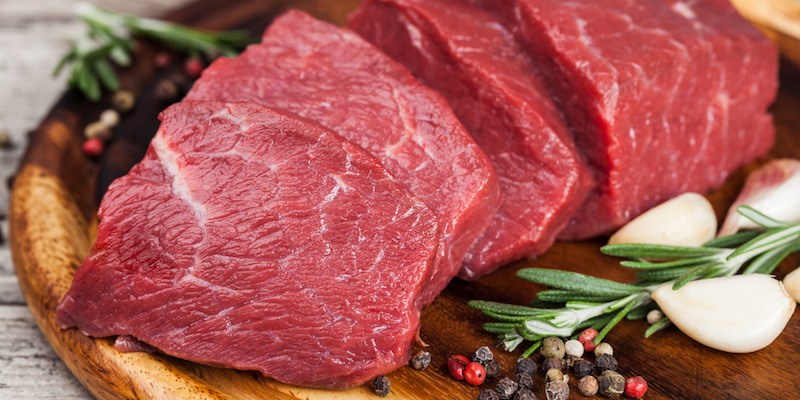Health Benefits of Beef
Hunkering for a tender, medium rare steak or perhaps a beef burger and fries? In this post, we take a closer look at Beef and aim to help you discern the best way to get some of the health benefits of Beef by choosing certain types of cuts or ways of serving.
What is Beef?
Beef is the meat of cattle. It’s categorised as red meat, a term used for the meat of mammals which have higher amounts of iron than chicken or fish. Processed beef products include corned beef, beef jerky, and sausages and may contain particularly high amounts of sodium (salt) but fresh lean beef (where fat is also trimmed off) is best suggested as a part of a health diet. Fresh lean beef is rich in various vitamins and minerals, especially iron, zinc and protein.
Stick with lower fat cuts of beef if you decide to include this food in your meal plan. Lower fat cuts include top round, bottom round, eye of round, flank, and strip. Health organisations have traditionally recommended avoidance of higher fat cuts like tenderloin, ribeye, or porterhouse because it can be difficult to make room for the amount of total fat, saturated fat, and calories they contain.
Healthy Snapshot
- The nutritional value of meat depends on the feed of the source animal. Beef from grass-fed cows is higher in many healthy nutrients than beef from grain-fed cows.
- Beef is one the most complete dietary sources of protein, the amino acid profile most like that of our own muscles. Because of this, eating beef may be of particular benefit after surgery and for recovering athletes, or during other conditions where muscle tissue is being built.
- It’s also very rich in zinc. A mineral that is important for body growth and maintenance.
- Beef can help keep away anemia (iron deficiency) which can make you feel tired and generally weaker. Iron is found in high amounts in beef. Meat iron is mostly in the heme form, enabling it to be absorbed very efficiently. A study found that meat supplies iron more effectively that iron tablets for maintaining iron status.
Tips for Selection and Storing
- When you are at the grocery store, purchase raw meats last. Since raw meats may contaminate other grocery items, keep fresh meats apart from other items. Put raw meat packages in a plastic bag, so juices won’t drip onto other foods.
- Stick with organic choices. Organic standards help lower the risk of contaminated feed and grass-fed beef usually had higher nutrient quality.
- Only buy meat from undamaged packaging. Ensure meat is sealed properly and that meat juices cannot run out. Feel or touch the packaging to determine whether it is still well chilled. Avoid meat that is discoloured, looks slimy or has ‘off’ odours.
- Always observe the used-by date on the label and choose the beef with the latest date.
- The muscle portion of the meat should be a red or purplish colour and not brown, which is a signal that the meat has been excessively exposed to oxygen and is spoiled.
- Purchase beef that has the least amount of fat. The round is your best cut for lean, low-fat beef. Other lean cuts of beef include strip steak and flank steak.
- Beef can be kept in the fridge for around 2 days and in the freezer up to 2 or 3 months (make sure to thaw this thoroughly before cooking).
